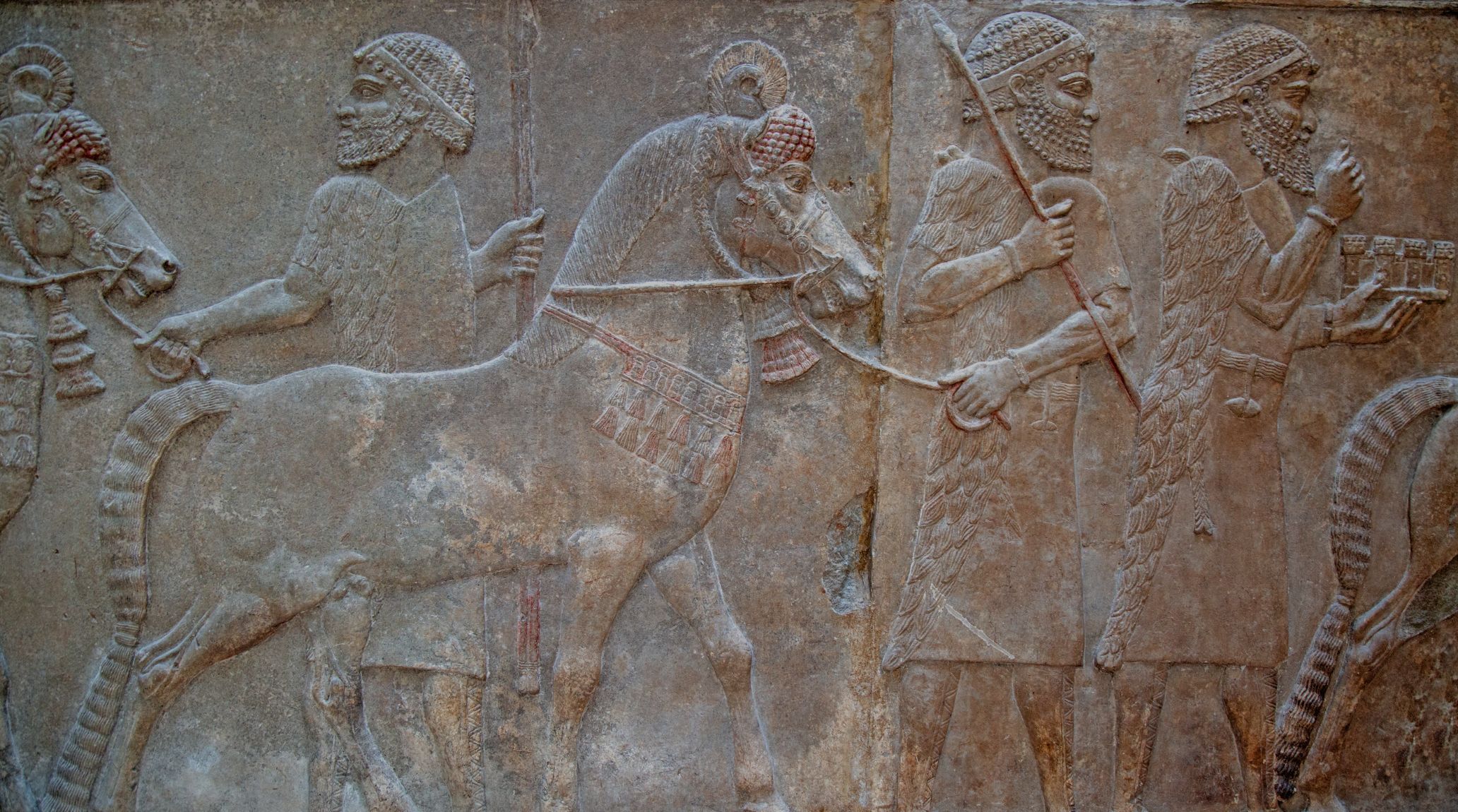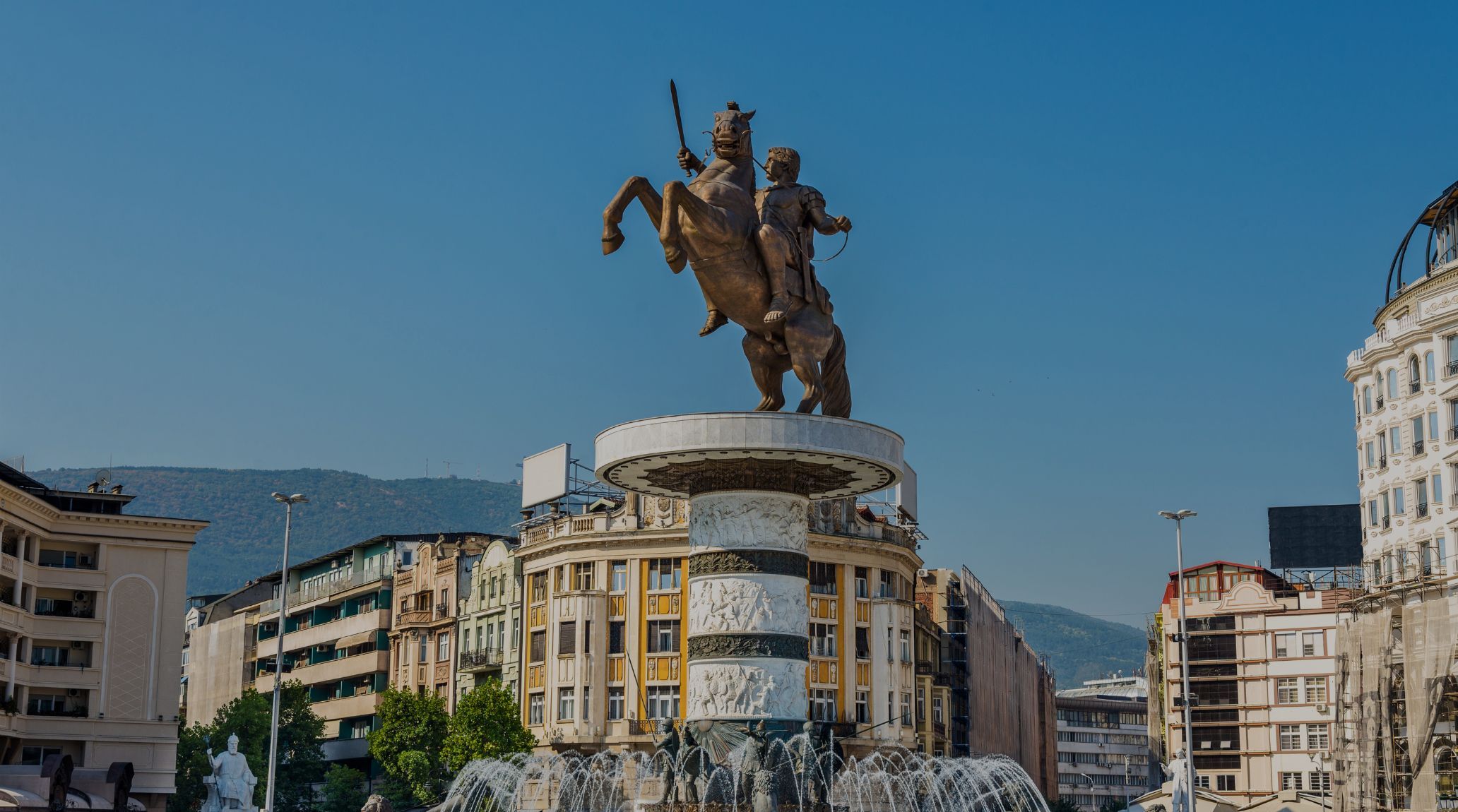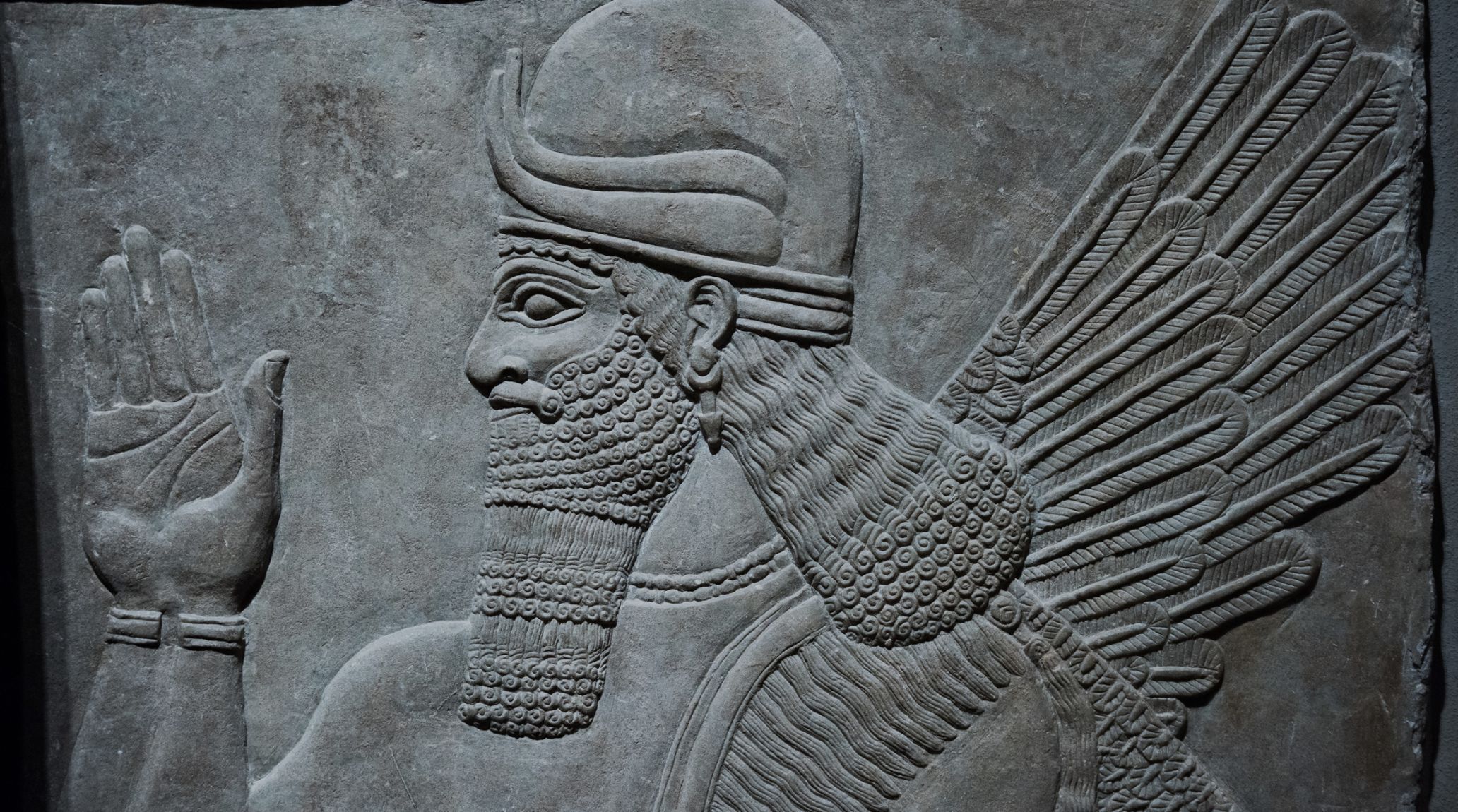
“
The Epic of Gilgamesh stands as one of the oldest known pieces of epic literature, offering a profound glimpse into the world of ancient Mesopotamia. Join us as we explore fascinating Epic of Gilgamesh facts about this ancient masterpiece and uncover the enduring legacy of Mesopotamian mythology.1
1
1
”
The Epic of Gilgamesh is often considered the oldest known piece of epic literature. It dates back to around 2100 BCE, making it older than the famous Greek epics, The Iliad and The Odyssey, by nearly a millennium. 1
The epic was rediscovered in the mid-19th century when archaeologists unearthed the library of Ashurbanipal in Nineveh. The story was inscribed on 12 clay tablets in cuneiform script, revealing a treasure trove of ancient knowledge. 2
In the epic, Gilgamesh is portrayed as two-thirds god and one-third human. This unique lineage granted him immense strength and power, yet he was still subject to the limitations and struggles of mortal life. 3
Gilgamesh teaches that physical immortality is beyond our reach, but a form of immortality can be achieved through our actions and the legacy we leave behind. Instead of living forever in the literal sense, one can achieve a lasting presence by being remembered for their remarkable deeds. 4
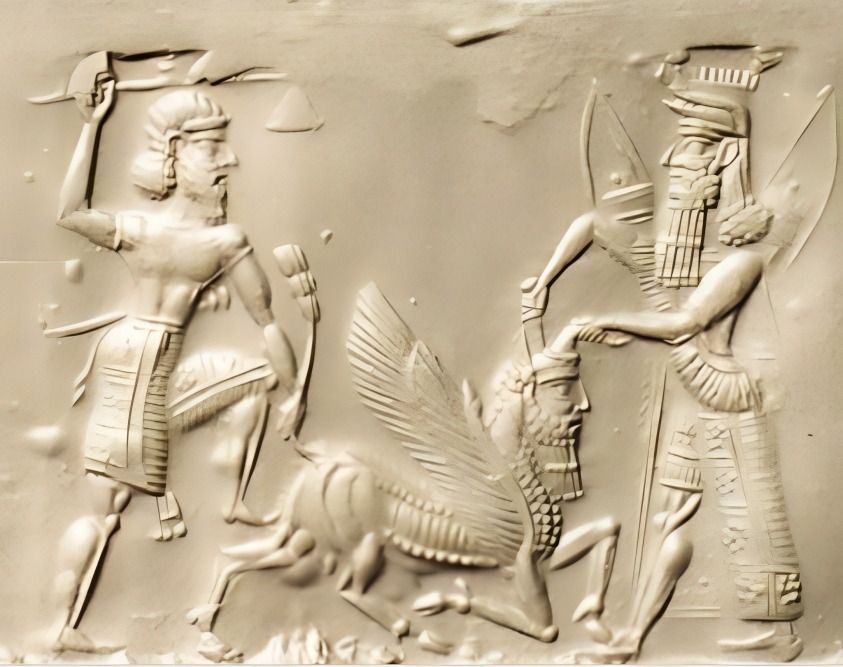
Gilgamesh was a real historical figure, a king of Uruk, a city-state in ancient Mesopotamia. He is believed to have reigned around 2800 to 2500 BCE, blending myth and history in his legendary tale.
Gilgamesh and Enkidu embark on a perilous journey to the Cedar Forest, where they confront and defeat Humbaba, the monstrous guardian appointed by the god Enlil. This adventure showcases their bravery and teamwork.5
After rejecting the advances of the goddess Ishtar, Gilgamesh, and Enkidu must face the wrath of the gods. They battle and kill the Bull of Heaven, sent by Ishtar as punishment, a pivotal moment that leads to dire consequences. 6
Enkidu's death marks a turning point in the epic. His demise profoundly affects Gilgamesh, prompting his quest for eternal life and underscoring the themes of mortality and loss. 7
In his quest, Gilgamesh meets Utnapishtim, a character who parallels the biblical Noah. Utnapishtim survived a great flood sent by the gods and was granted immortality, providing a glimmer of hope for Gilgamesh's own quest. 8
Utnapishtim tells Gilgamesh about a plant that can restore youth. Gilgamesh finds the plant, but a serpent steals it, symbolizing the elusive nature of immortality and the inevitability of aging and death. 9
The epic reflects ancient Mesopotamian society's values, beliefs, and religious practices. It explores the relationship between humans and gods, and the quest for meaning in life, offering a window into their worldview. 10
The Epic of Gilgamesh has influenced various literary works across cultures and epochs. Its themes and stories resonate in biblical texts, classical mythology, and even modern literature, demonstrating its enduring legacy. 11
The epic is rich in symbolism and allegory, exploring themes such as friendship, the human condition, the fear of death, and the pursuit of fame. These elements add depth and complexity to the narrative. 12
The epic is composed in poetic form, utilizing repetition and parallelism, which were common features in ancient Mesopotamian literature. This structure enhances its lyrical quality and oral tradition. 13
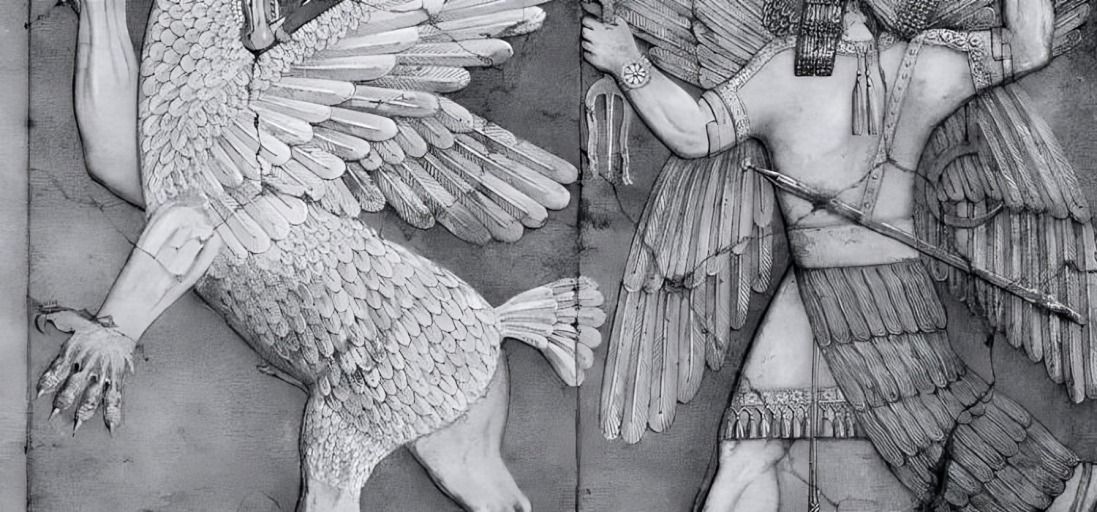
A central theme of the epic is Gilgamesh's quest for immortality. His journey reflects the universal human desire to transcend death and achieve eternal life, a theme that resonates through the ages.
Gilgamesh's adventures embody one of the earliest examples of the "hero's journey" narrative structure. This template has become fundamental in storytelling, influencing countless stories and myths throughout history. 14
Through the epic, readers gain valuable insights into ancient Mesopotamian civilization's geography, culture, politics, and daily life. It serves as a historical document as much as a literary masterpiece. 15
The epic was preserved through various copies and translations over millennia. This meticulous preservation allows modern scholars to piece together its narrative and significance, ensuring its survival through the ages. 16
The epic has inspired countless artistic depictions, including sculptures, paintings, and modern adaptations in literature and film. These interpretations highlight its cultural impact and timeless appeal. 17
The Epic of Gilgamesh continues to captivate audiences with its timeless exploration of human themes and its vivid portrayal of an ancient civilization's mythology. Its legacy endures as a testament to the power of storytelling. 18
